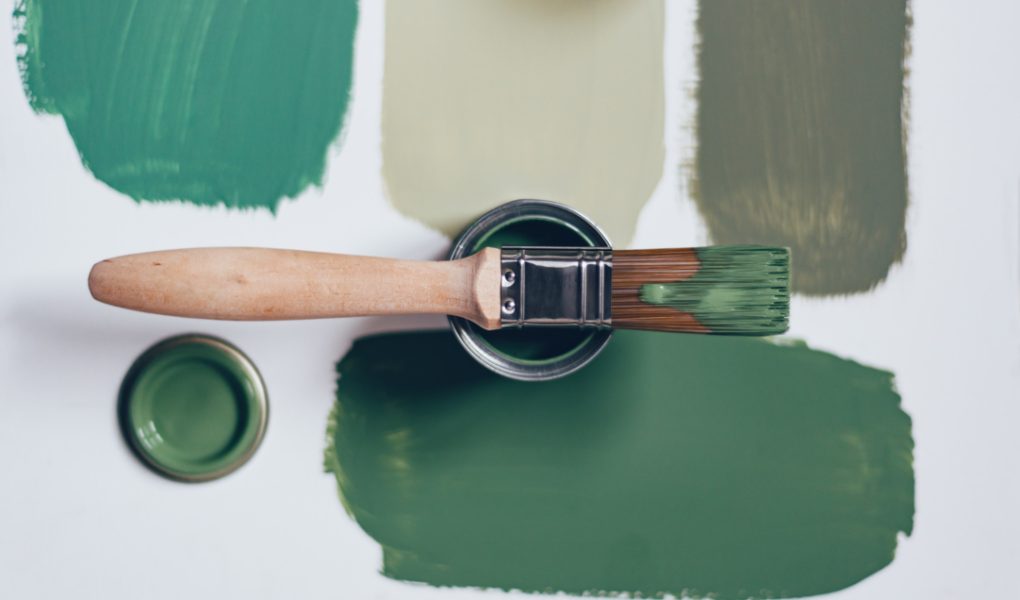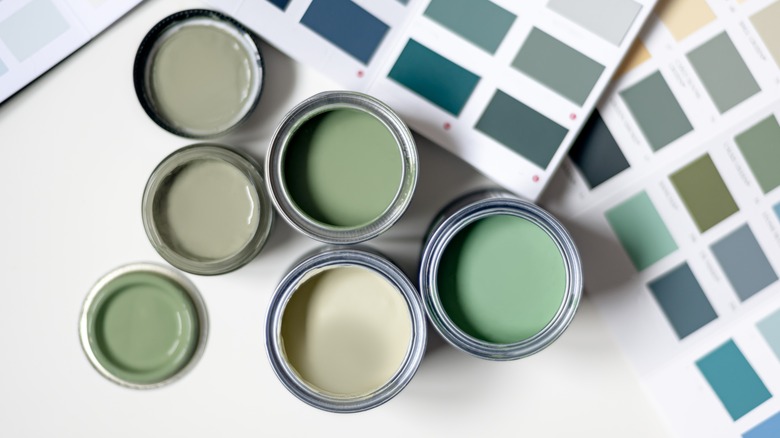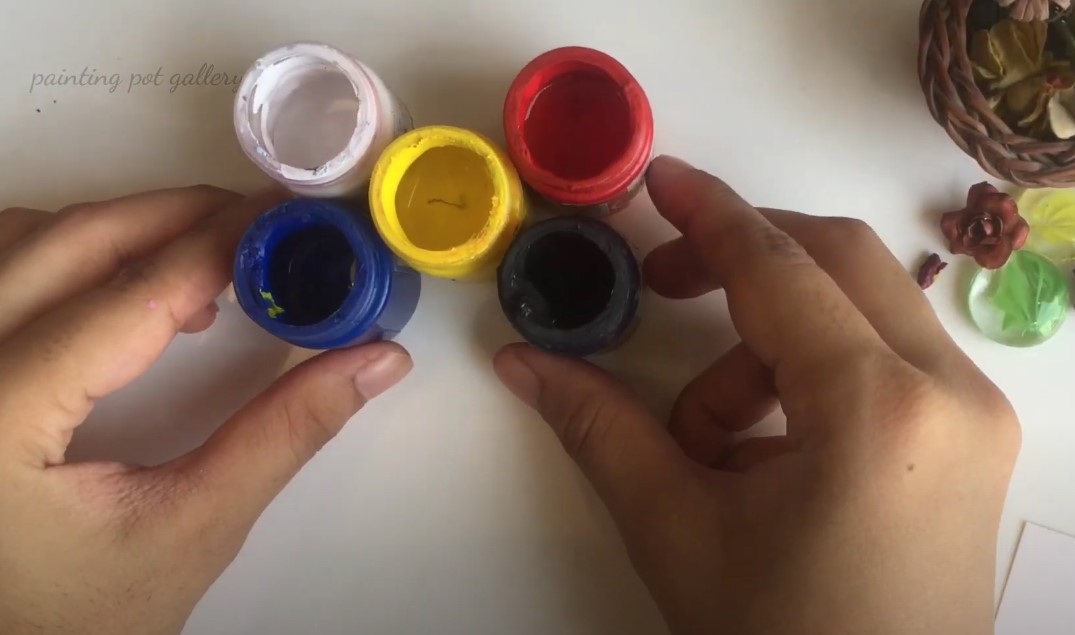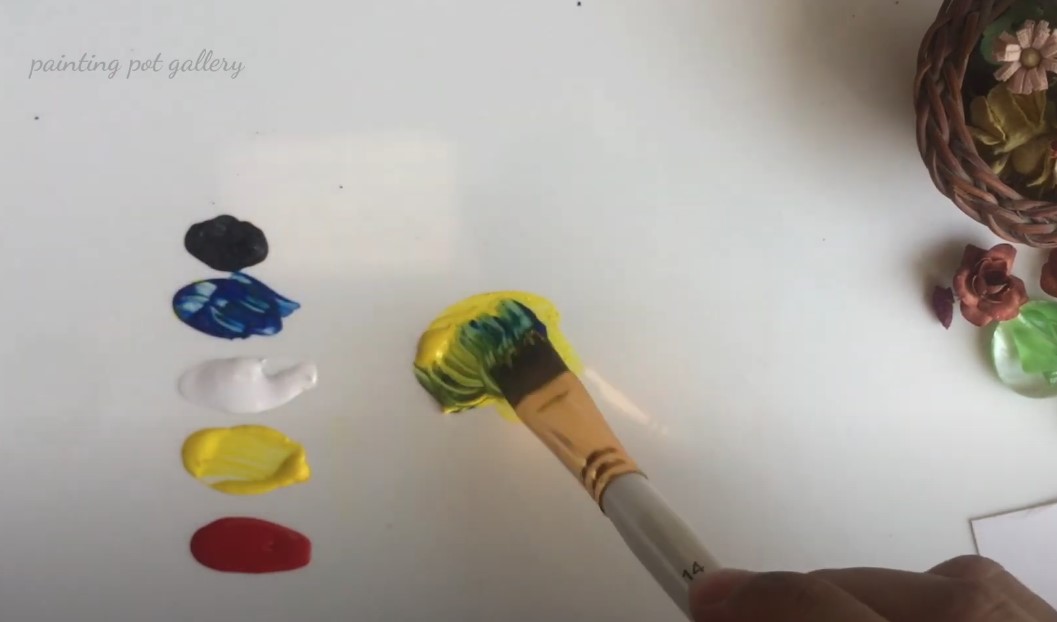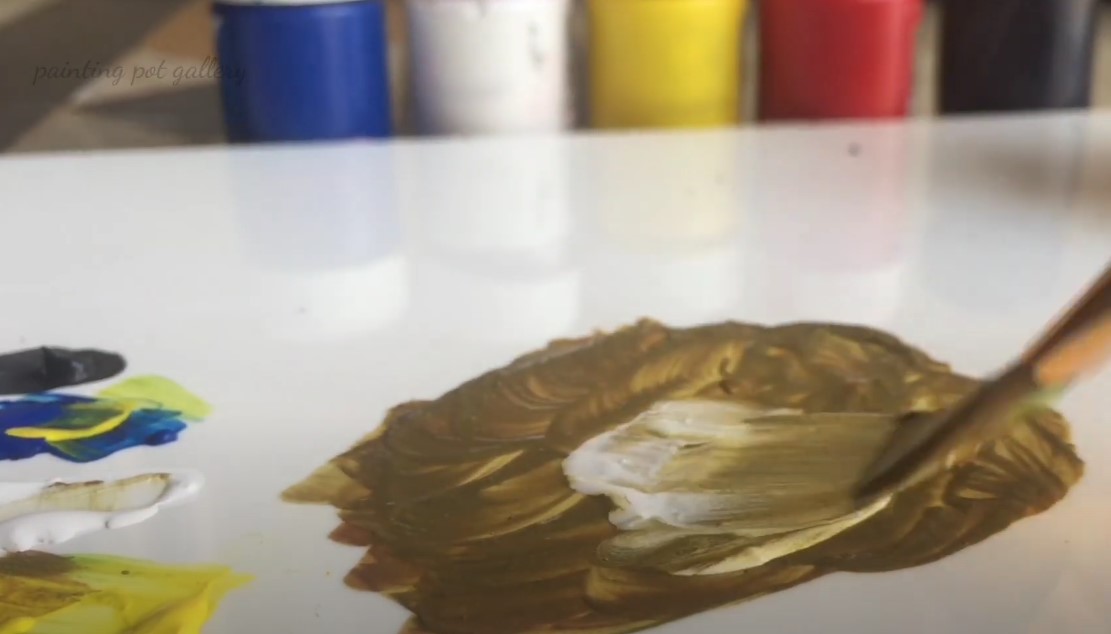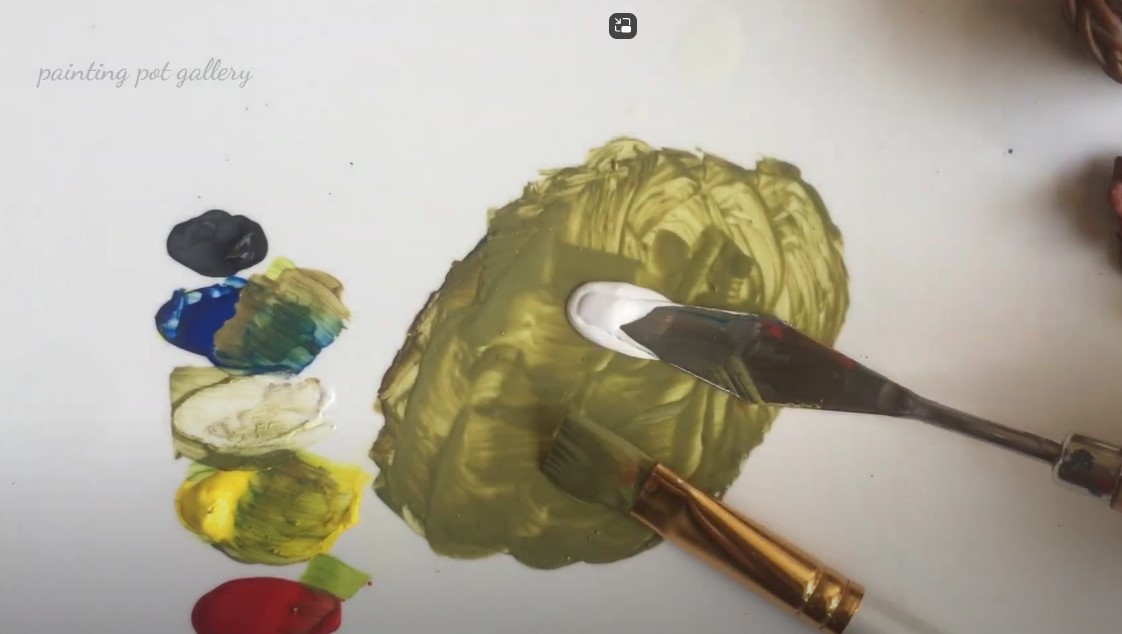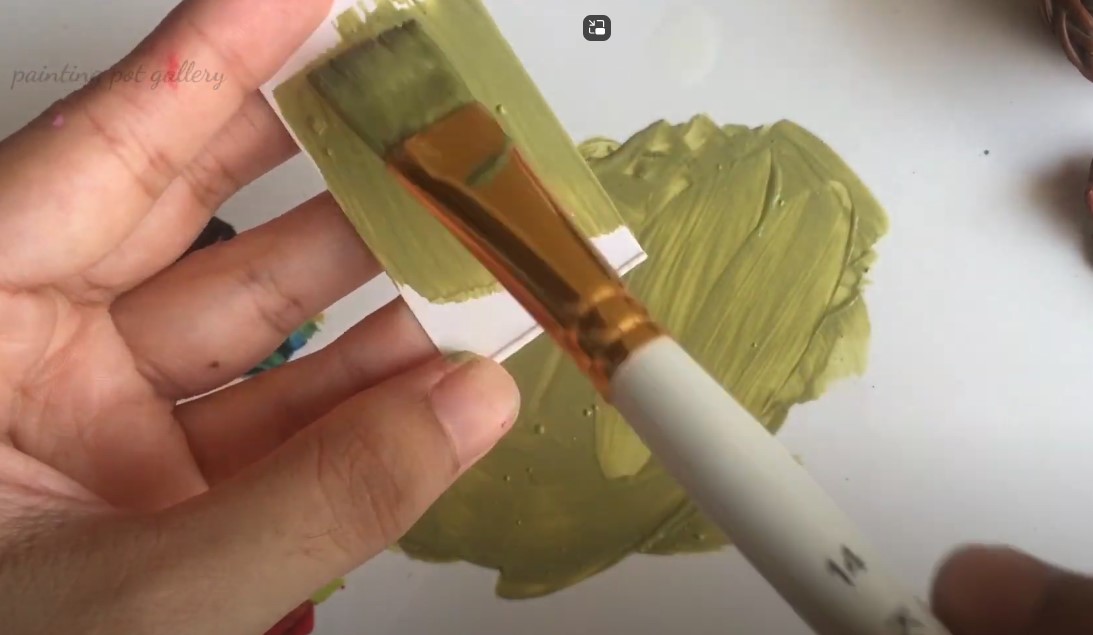Sage green, a subtle blend of earthy tones, has become a go-to choice for interior design and art projects. It combines the calming essence of green with muted, sophisticated undertones, making it perfect for a range of creative applications—from accent walls to intricate artwork.
In this guide, we’ll provide you with a detailed process on how to make your own custom sage green paint using basic paint colors. We’ll also cover advanced techniques to achieve various shades of sage, explain how color theory affects the outcome, and offer expert tips on using this color in different design contexts.
Ingredients You’ll Need
To create your own shade of sage green, gather the following essential materials:
- White Paint (Zinc White) – This is the base of your sage green. Zinc white is a fantastic choice because of its transparency, allowing for a more subtle and muted green hue. Titanium white, on the other hand, is opaquer and will result in a brighter, more pastel shade.
- Green Paint (Mid-Tone Green) – Green serves as the core color for making sage green. A mid-tone green (like grass or emerald, green) is ideal for balancing the vibrancy, but experimenting with olive green can also yield interesting, more muted results.
- Blue and Yellow Paints – Blue will cool the green, giving it a more natural and subdued appearance. Yellow adds warmth and depth, making the color appear more organic. It’s important to use small amounts to avoid overpowering the base.
- Red Paint (Neutralizer) – A tiny amount of red paint helps neutralize the brightness of green, softening it into a more sage-like tone. Depending on the specific shade you aim to achieve, the type of red (cadmium red vs. alizarin crimson) can make a subtle difference.
- Palette Knife or Flat Brush – These tools allow for more controlled blending, ensuring even color distribution. Using a palette knife is particularly helpful for mixing large amounts of paint.
Pro Tip:
According to color expert Jane Lockhart, “The beauty of sage green lies in its versatility. It can lean toward warmer tones when mixed with yellow or take on a cooler, more serene feel when balanced with blue. This adaptability makes it an excellent choice for both traditional and modern spaces.”
Step-by-Step Guide to Making Sage Green Paint
Step 1: Start with a Base Color
Begin by placing a generous amount of white paint on your mixing surface. Zinc white is recommended because its transparency allows the green to retain its muted elegance. If you’re looking for a more vibrant pastel sage, Titanium white might be a better option.
Step 2: Add Green Paint
Slowly introduce a small amount of mid-tone green paint into your white base. Start with a minimal amount, as you can always build up the color. A key aspect of sage green is its subtlety, so it’s important not to overdo the green initially. Gradually add more until you reach a light, pastel green.
Step 3: Fine-Tune with Blue and Yellow Paint
To balance your sage green:
- Add Blue Paint: Start by adding a touch of blue. Blue cools the green, giving it a deeper, more natural tone. In interior design, this cooler version of sage green often pairs beautifully with neutrals and metallic accents.
- Add Yellow Paint: Introduce yellow to warm the shade. Yellow will make the green more earthy and approachable. A warmer sage green is great for cozy spaces like bedrooms and living areas where you want to evoke a sense of comfort and relaxation.
It’s crucial to add these colors incrementally and mix thoroughly with your palette knife or brush to avoid overwhelming the base green.
Step 4: Neutralize with Red Paint
Now comes the trickiest part—neutralizing the green. To achieve that characteristic muted sage tone, add a tiny amount of red paint. Red, being the complementary color to green, neutralizes its vibrancy. However, too much red can dull the paint too quickly, turning it brownish or grayish. Add it drop by drop, mixing carefully to reach the desired level of neutrality.
Step 5: Adjust the Color to Your Preference
At this stage, your sage green is nearly complete. However, you may need to adjust it slightly:
- For a lighter, airier sage, add more white.
- For a darker, more forest-like tone, introduce a little more green.
- If you want a cooler look, a touch of blue will give it a more serene finish, while adding yellow brings warmth and earthiness.
Step 6: Test the Color
Before using your newly mixed sage green paint on your project, test it on a scrap piece of material. Wait for it to dry, as wet paint can look different from its final hue. If needed, adjust the tone further by tweaking the white, green, or neutralizing colors. Testing also allows you to observe how the color changes in different lighting conditions.
According to experts at the National Institute of Standards and Technology, lighting plays a major role in how we perceive color. They suggest testing your paint in the actual room where it will be used, as artificial lighting and natural daylight can make the color appear warmer or cooler (Source).
Step 7: Apply Your Sage Green Paint
Now that you’ve perfected your sage green, it’s time to put it to use! Whether you’re painting walls, furniture, or artwork, this custom color will add a sophisticated and calming touch to any space.
Expert Design Applications of Sage Green
Sage green is not just a trending color in home decor but also a favorite among interior designers due to its versatility and calming effect.
- Interior Walls: According to Amanda Gates, a feng shui expert, “Sage green creates a peaceful atmosphere, especially when used in spaces like bedrooms and living rooms, where tranquility is desired. It helps foster relaxation and brings a sense of balance and nature indoors.”
- Furniture and Decor: Sage green is a perfect complement to wood tones and neutral fabrics, making it ideal for accent chairs, cabinets, or even decorative elements like vases and throw pillows. Its earthy tone makes it a sophisticated choice for rustic, Scandinavian, and modern design styles.
- Artwork: Artists have been using shades of green, including sage, for centuries to evoke nature. Its muted hue is ideal for landscapes, foliage, or any project that calls for a soothing, nature-inspired palette.
Conclusion
By following this comprehensive guide, you now know how to craft the perfect shade of sage green paint to match your creative vision. Whether you’re customizing the color for home decor or art projects, this step-by-step process allows you to experiment and refine your shade to suit any application. Sage green’s adaptable, timeless appeal makes it a versatile color for both modern and traditional designs. Enjoy exploring how this serene hue can enhance your artistic and interior design projects.

